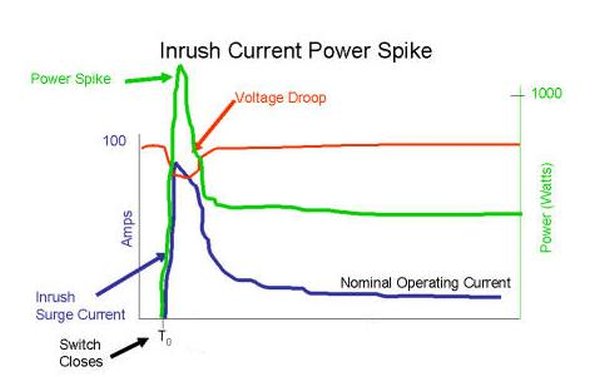Summary of Hardware Protection – OverVoltage and OverCurrent
The article discusses three primary power supply architectures: Linear Regulators, PWM switching, and High Resonant Technology switching, detailing their input/output voltage and current parameters. It emphasizes the importance of protection against disturbances like surges and dropouts by implementing continuous monitoring and control. Protection circuits typically involve low-side or high-side switch architectures incorporating components such as clamping diodes, resistors to limit energy dissipation, reverse-biased diodes for negative voltage protection, and capacitors to maintain stable voltage during startup.
Parts used in the Power Supply Protection project:
- Diode P (Clamping diode)
- Resistance RS
- Diode D (Reverse-biased diode)
- Capacitor C
- Low-side switch
- High-side switch
Power Supply Parameters
Three major power supply (Figure 1) architectures are defined for any engineer:
1.Linear Regulators.
2.Pulse width modulated switching (PWM).
3.High resonant technology switching.
Vin(low), Vin(high) – minimum and maximum allowed input voltages, hence input voltage range.
Iin(max) – maximum average input current.
Outputs:
Vout(min), Vout(max) – minimum and maximum allowed output voltages, hence output voltage range.
Vout(abs) – maximum allowed output voltage this limit is set by load specs. Iout(rated), Iout(min) – maximum and minimum output current provided to the load. Isc – short circuit output current.
2. Protection
Current Protection:
Depending on power line, load and control circuit layout, two basic architectures are available: low-side switch and high-side switch (figure 3 e 4).
- Diode P: Clamps input voltage to maximum voltage VCL.
- Resistance RS: Limits the dissipated energy in the protection component without compromising the clamping function.
- Diode D: When reverse-biased, it clamps input voltage protecting from negative impulsive over voltage.
- Capacitor C: Its role is to make sure that the voltage at the terminals of the electronic unit is greater than or equal to Vcc(min) while the starter circuit is active.
For more detail: Hardware Protection – OverVoltage and OverCurrent

